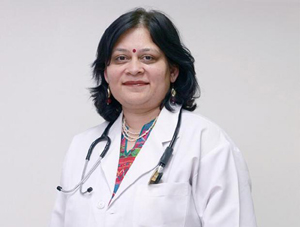- Details
- Denis Giles
- Hits: 688

Today, the mood in India is to march to the border and slaughter those who killed our twenty brave men. And in the midst of this bristling rage, has come a call to ban all things Chinese!
- Details
- Denis Giles
- Hits: 679
By Arouba Kabir, Mental Health Counselor & Founder, Enso Wellness

The world has been in lockdown since what feels like an eternity. It has given every one more time to introspect which has brought up their mental struggles to the forefront. A lot many times, people who might be at unrest mentally occupy themselves with chores/socializing and neglect these issues. But with the inability to go out, the lack of physical contact has definitely added to the feelings of loneliness, depression, confinement. It’s thus important to understand that most people who attempt suicide or die by suicide don’t want to die – they just want their pain to end or can’t see another way out of their situation.
- Details
- Denis Giles
- Hits: 728

- Dr Nupur Gupta, Director - Obs & Gyneocologist, Well Woman Clinic
Motherhood is a boon for many women but it may also be sifted with the fear of developing breast cancer. When a breast cancer is diagnosed during the pregnancy or in the first year postpartum, it is termed as Pregnancy-associated breast cancer (PABC). While this ailment remains the second most common cause of malignancy to be profound among women in the reproductive age, is recorded to affect one in 3000.
- Details
- Denis Giles
- Hits: 625
Scholarship Name: DRDO Young Scientist Laboratory Junior Research Fellowship 2020
Description: Defence Research and Development Organisation (DRDO) invites applications for DRDO Young Scientist Laboratory Junior Research Fellowship 2020 from BE/BTech/ME/MTech degree holders. The fellows will be required to pursue research in the area of innovative technology at DRDO's Young Scientist Laboratory.
- Details
- Denis Giles
- Hits: 697

With so many protests and debates over colour issues worldwide, corporates and industrial houses are jumping overboard to absolve themselves of colour discrimination, by changing names and titles. The latest, ‘Fair and Lovely, has changed its name to ‘Glow and Lovely!’